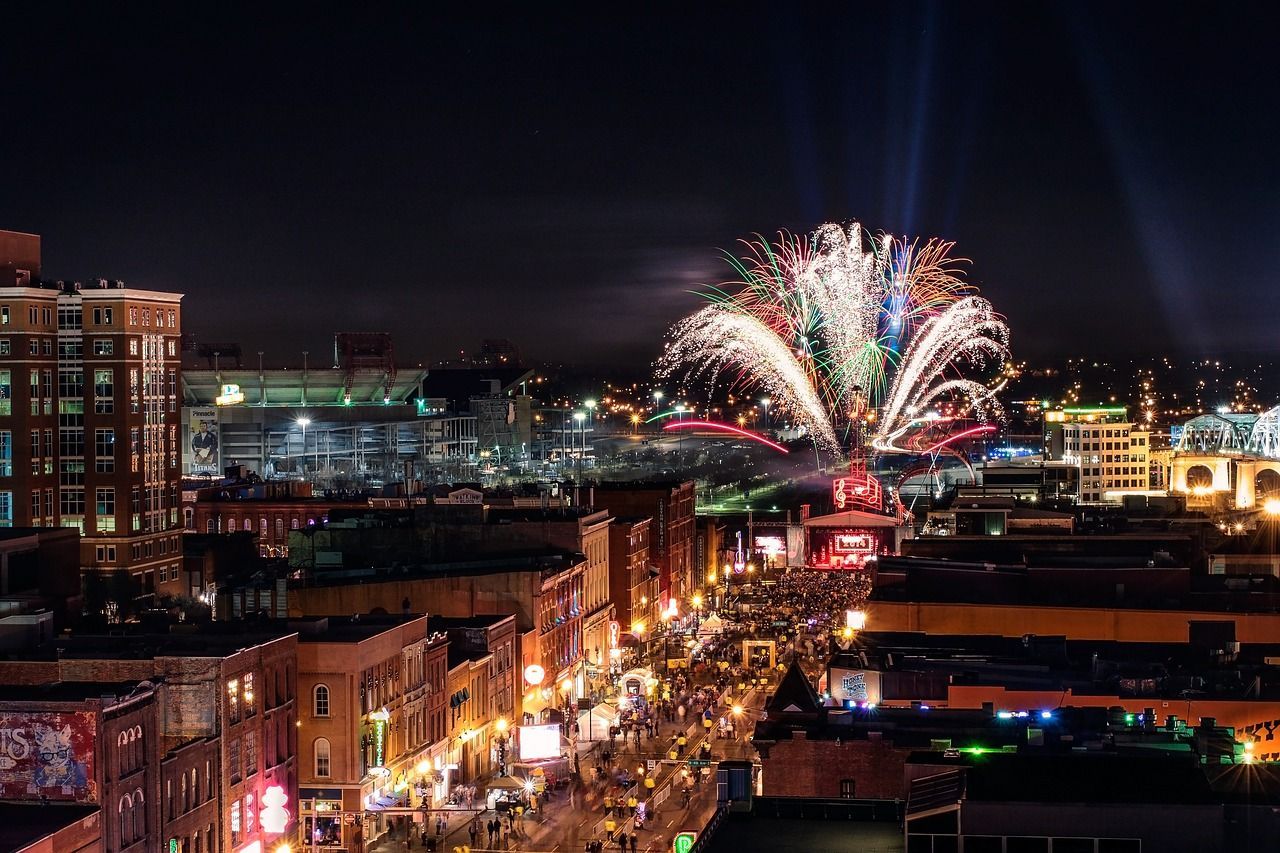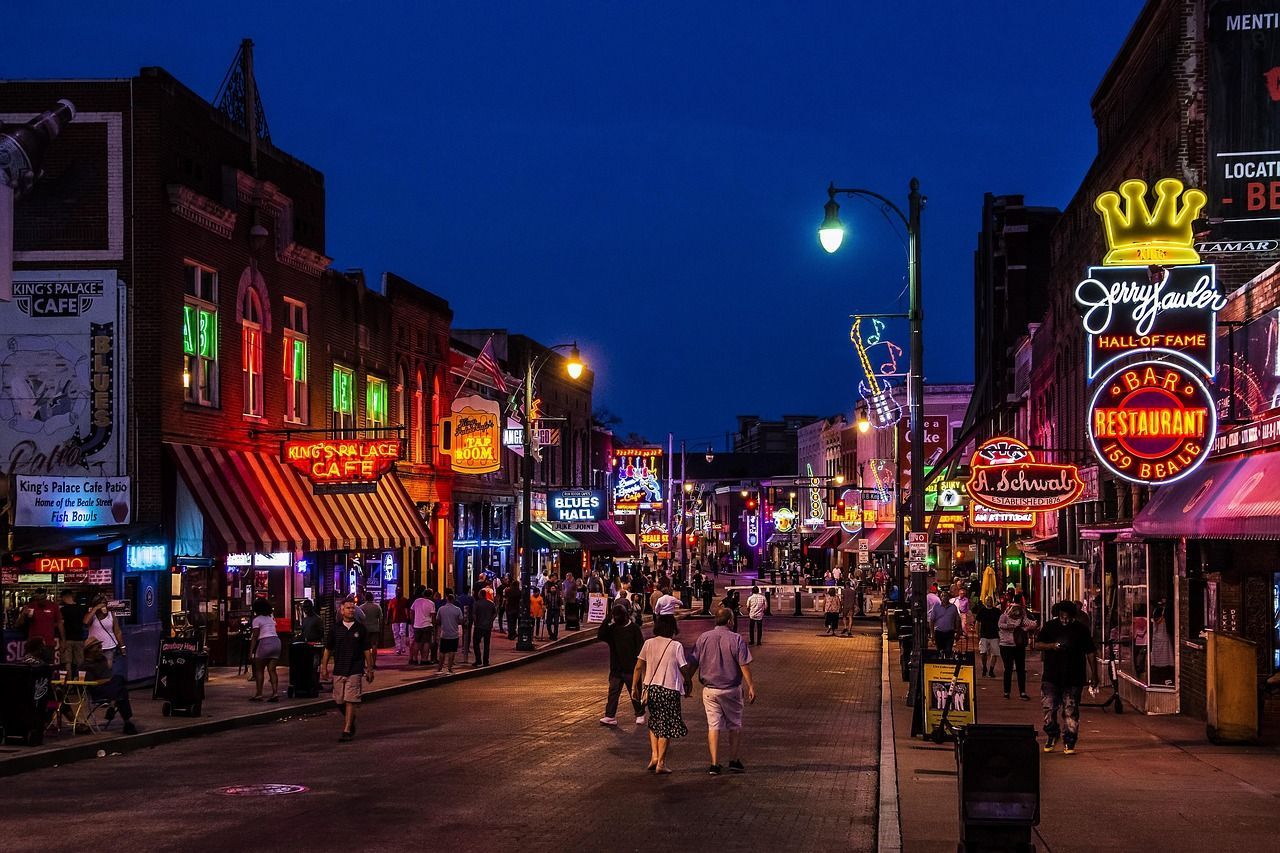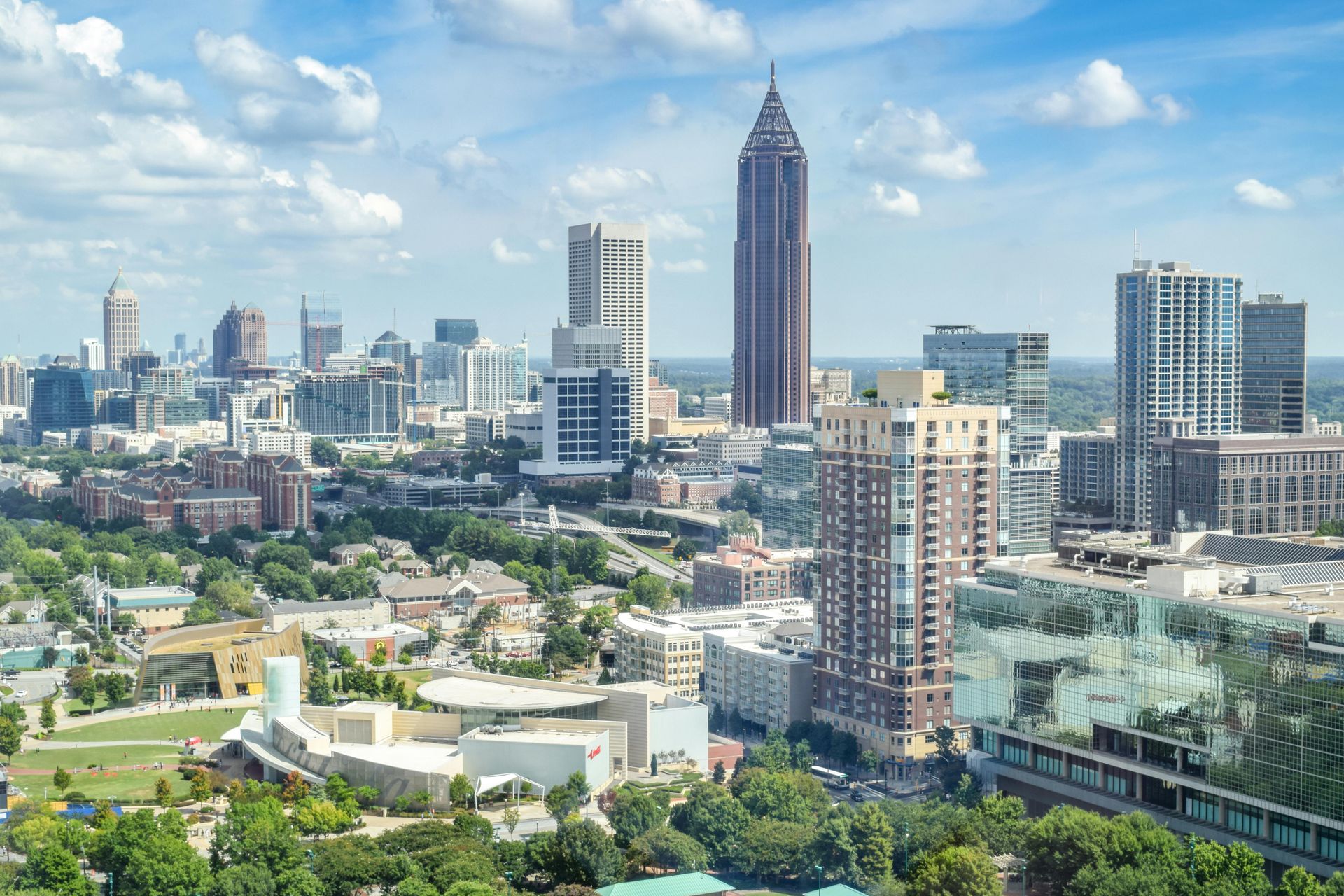A road trip from Las Vegas to Reno takes you between the two largest cities in the state of Nevada.
A 450+ mile road trip from Las Vegas to Reno takes you through some of the most iconic landscapes on Earth. It will take at least 7 hours to drive, as you travel through Nevada and California, between two of the best cities in the world for gambling and entertainment.
Read on to uncover all there is to do between “Sin City” and “The Biggest Little City In The World”, to help you plan a perfect travel itinerary for your dream vacation.

A Road Trip From Las Vegas To Reno: How Far Is It, How Long Will It Take To Get There & What Is The Best Route?
A road trip from Las Vegas to Reno can be driven in 7 hours and span 448 miles (721 km). This route will see you drive north on US Route 95 most of the way, before going west on US Route 50 in Fallon, then joining I-80 outside Fernley and taking it west the rest of the way to Reno.
However, the best route for a road trip from Las Vegas to Reno will cover 494 miles (795 km) and take 9 hours to drive. While our suggested route does add to your drive time, it also adds some of the best attractions in the region, which simply aren’t to be missed on a road trip like this.
This route will begin the same, as you will drive north on US Route 95. When you reach Beatty, turn left onto Nevada State Route 374 and follow it into both Death Valley National Park and California. When the road ends, turn left onto Scotty’s Castle Road then right onto California State Route 190.
Drive for 70 miles (113 km), to where the road turns left, and continue straight to join California State Route 136 where it begins and follow its entire 18 mile (29 km) duration. Here you’ll join US Route 395 and drive north 225 miles (362 km), to Carson City.
Now you simply have to join I-580 where it begins and drive its entire 35.019 mile (56.358 km) duration, to your destination of Reno.
Best Time For A Road Trip From Las Vegas To Reno
The best time for a road trip from Las Vegas to Reno is the months of May and June. This period will see your route be pleasantly warm throughout, while avoiding the blistering highs seen at the peak of Summer and the extreme risk of wildfires present in early Fall.
It will also make sure all of the attractions are open at both your start point and destination, as well as along the way, while missing the biggest crowds, which tend to arrive in July and August.
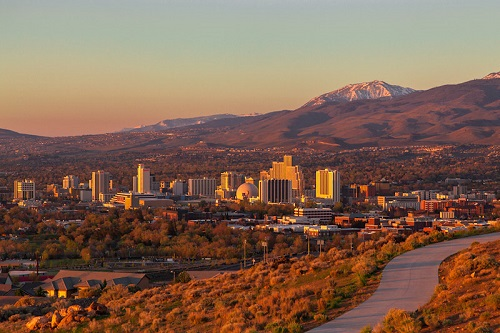
Best Place To Stop On A Road Trip From Las Vegas To Reno – Lee Vining, California
With a road trip from Las Vegas to Reno taking at least 7 hours to drive, most people will want to break up the drive, to ensure they have plenty of time to enjoy all the top attractions along the way.
While you have a number of options, the best place to stop on a road trip from Las Vegas to Reno is Lee Vining. A small town in central California, Lee Vining thrives more due to what it is surrounded by than the attractions it has within the town.
Lying on the shore of Mono Lake and its stunning landscapes and natural features, Lee Vining is a perfect place to set up camp for those who want to get out on the water. It is even the location of the Mono Basin Historical Society & Museum, for anyone who wants to learn more about the area.
It is also just a short drive away from the east entrance to Yosemite National Park. Easily one of the top attractions on the route, Lee Vining will allow you to take plenty of time exploring it, while setting up a handy base right along your route.
Best Hotel To Stay At In Lee Vining – Lake View Lodge
Lake View Lodge is a wonderful little property boasting a charming traditional style and rooms that come equipped with a microwave, refrigerator, coffee machine, hairdryer, and cable TV. All guests will also receive free parking, toiletries, and Wi-Fi.
A coffee shop is on site for you to purchase light refreshments from, which you can then enjoy while sitting in a communal garden that boasts a picnic area and offers stunning views of Lake Mono.
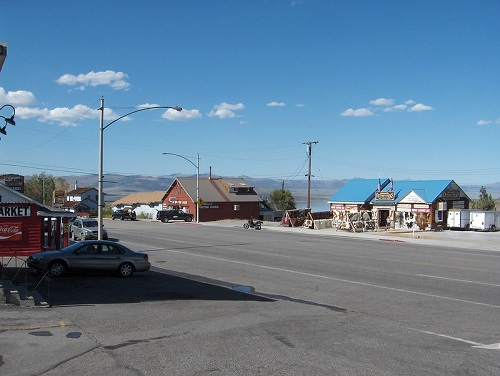
Top Attractions On A Road Trip From Las Vegas To Reno
Now that you know a little more about what lies on the route ahead, its time to look at our list of the top attractions on a road trip from Las Vegas to Reno. We will provide 10 options for people of all interests, to help everyone plan the perfect travel itinerary for their dream vacation.
Mount Charleston
Located just outside of Las Vegas, Mount Charleston is the most prominent peak in the state of Nevada, as well as the 8th most prominent in the lower 48 states. Surrounded by stunning wilderness areas, it is one of the most popular and scenic locations in the region for outdoor recreation.
In the summer, countless hiking trails allow adventurers to explore all the way up to its peak. Then, in the winter, it becomes a skier’s paradise, with slopes and trails located all across it. There are even remnants of a 1950’s military plane crash for those seeking a slightly more unique attraction.
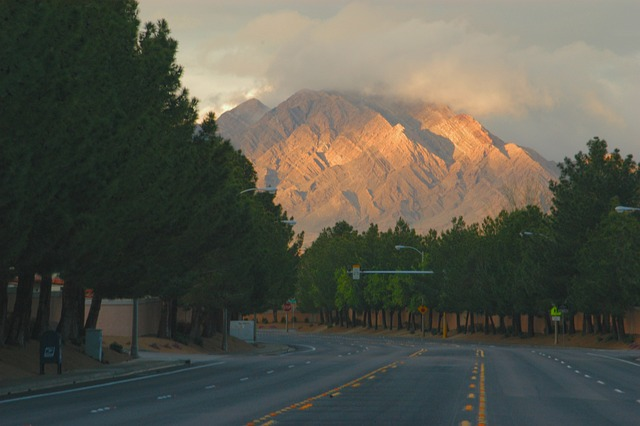
Beatty, Nevada
An unincorporated town nicknamed “The Gateway To Death Valley”, Beatty is located just 5 miles from the northeast entrance to Death Valley National Park. Somewhat of an oasis, it offers a huge array of amenities and facilities like eateries, motels, and RV parks in the middle of the desert.
The top attraction in the town is an outdoor sculpture park called the Goldwell Open Air Museum, while a ghost town and historic mining community called Rhyolite lies just on the town’s outskirts.
The nearby Yucca Mountain offers some truly stunning views and landscapes, and Bailey’s Hot Springs & Bathhouses in Oasis Valley are a great way to get out of the car and relax for a while.
You even have the Nevada Test Site, a former testing site for nuclear weapons. With guided tours around recreations of towns and communities in the middle of the desert, it provides the opportunity for a post-apocalyptic experience that is truly out of this world.
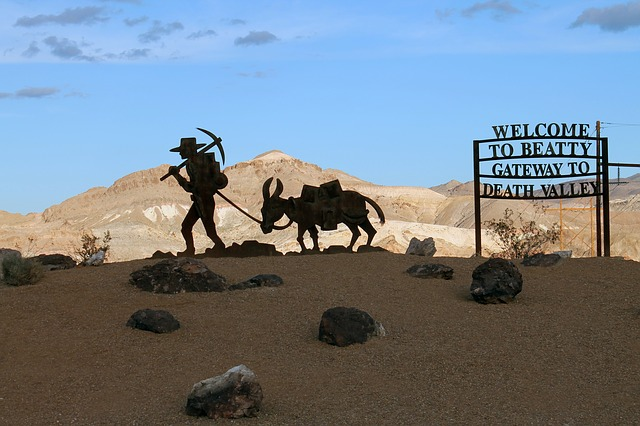
Death Valley National Park
Death Valley National Park covers more than 3.4 million acres, making it the largest national park in lower 48 states and 5th largest in the United States overall. It is also the location of the lowest point in the U.S., Badwater Basin, which sits 282 feet below sea level.
Its Furnace Creek section is the site of the highest temperature ever recorded on Earth, 131.4 °F (56.7 °C), which happened in 1913. Synonymous with its vast wilderness areas, deserts, mountains, and dunes, Death Valley is also abundant with wildlife.
A popular destination for hikes, scenic drives, and photography, as well as the filming location for various movies and TV shows through the years, the iconic landscapes and vistas of Death Valley National Park will take your breath away and truly have to be seen to be believed.
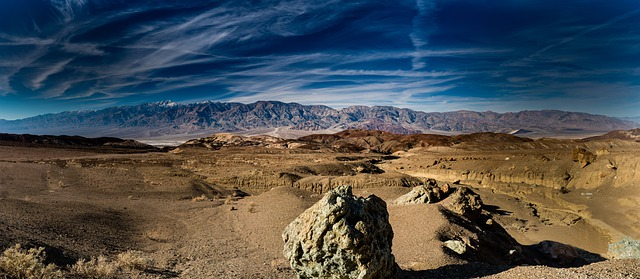
Lone Pine, California
Named after the single tree that once stood at the entrance to the nearby Lone Pine Canyon, the town features beautiful scenery and a small town feel, while having plenty to offer for tourists.
Perhaps the most famous attraction is the Manzanar National Historic Site. The most infamous and best preserved of the Japanese internment camps used during World War II, it provides the opportunity to learn about that era’s history from a unique perspective.
Lone Pine is also synonymous with the movie industry. It was featured heavily in movies in the 1920s to the 1950s, particularly westerns, while it has also made appearances in recent films. You can learn all about this at the Museum Of Western Film History or see some filming locations in person.
With other attractions including the Southern Inyo Museum, Forum Theatre, Gravesite Of The 1872 Lone Pine Earthquake Victims, Nightmare Rock, and Alabama Hills Recreation Area, there is plenty on offer in Lone Pine to help break up the drive for people of all interests.
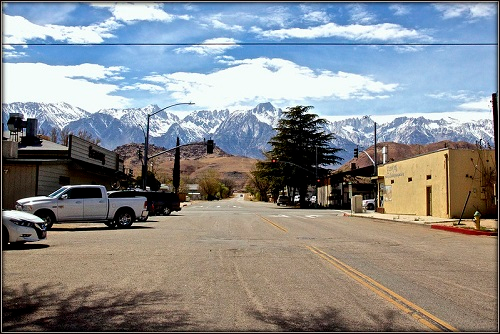
Mount Whitney
Mount Whitney has a peak that sits 14,505 feet (4,421 metres) above sea level, making it the tallest mountain in the United States outside Alaska. Set on the border between Inyo National Forest and Sequoia National Park, it is an extremely popular destination with experienced climbers and hikers.
While it can be reached from both sides, the east side is considerably easier to reach, making a road trip from Las Vegas to Reno the perfect time to visit it.
Climbs and hikes to the top are extremely challenging, so are best reserved for those who have experience. That said, anyone who does make it to the summit will get to see some of the most breathtaking views of both California and Nevada imaginable.
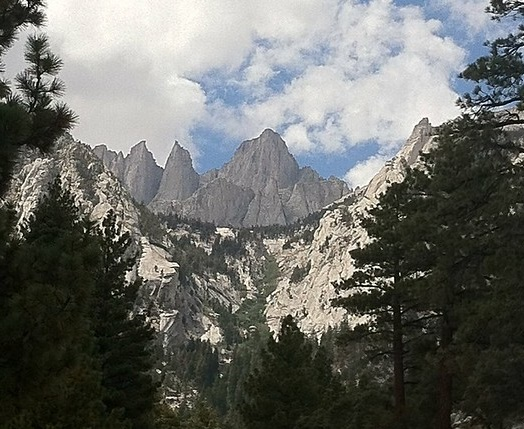
Inyo National Forest
Inyo National Forest covers almost 2 million acres, making it the 27th largest national forest in the U.S. Sat on the border between Nevada and California, it was originally established on the 25th of May 1907, as part of the Los Angeles Aqueduct project.
One of the least wooded national forests in the entire national forest system, the stunning rivers, lakes, and plant life it does contain still make it a nice change of pace from the largely arid landscape of southern California and Nevada.
With a fabulous collection of wildlife and attractions like the tallest mountain in the state of Nevada, Boundary Peak, the planet’s oldest known tree in the Ancient Bristlecone Pine Forest, and the iconic Mount Whitney, it is a highly underrated destination you can make the most of on this road trip.
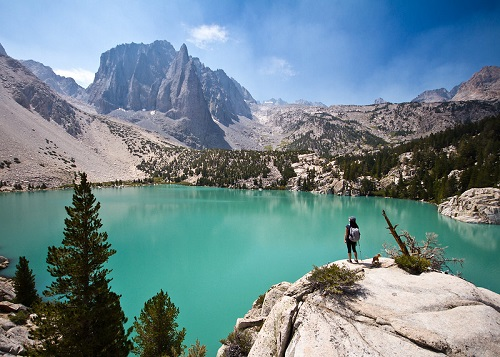
Mammoth Lakes, California
Mammoth Lakes is a Sierra Nevada resort town that gives visitors the chance to enjoy the beauty and activities of the range throughout the year in the most enjoyable way possible.
You have Mammoth Mountain and June Mountain, where you can enjoy hiking in the summer and skiing in the winter. The Devil’s Postpile National Monument and Rainbow Falls are two of the most popular hiking destinations, as they give you a real feel of the region’s landscape.
There is even an abundance of luxurious lodging options and a scattering of attractions like museums and ecological reserves, to make Mammoth Lake a truly well rounded destination.
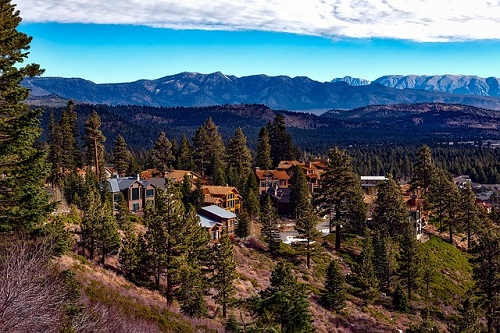
Yosemite National Park
The 3rd oldest and 8th most visited national park in the United States, Yosemite National Park is one of the most beautiful, famous, and popular natural destinations in the world.
Located at the north of a group of three national parks known as the Majestic Mountain Loop, which also includes Sequoia and Kings Canyon, Yosemite is best known for its incredible collection of mountains and waterfalls, which includes one of the tallest falls in North America, Yosemite Falls.
Its other attractions include Glacier Point, Mariposa Gove, Tioga Road, the Wawona Pioneer Village, the Sugar Pine Railroad, and the Tunnel View scenic overlook point. You even have the incredibly popular Yosemite Valley, with its galleries, hotels, lodges, museums, restaurants, and stores.
With countless forests, lakes, meadows, and rivers, all of which are alive with an array of wildlife that includes bears, bighorn sheep, deer, and over 250 species of birds, Yosemite National Park is an ideal stop for nature lovers, historians, photographers, and any lovers of the great outdoors.
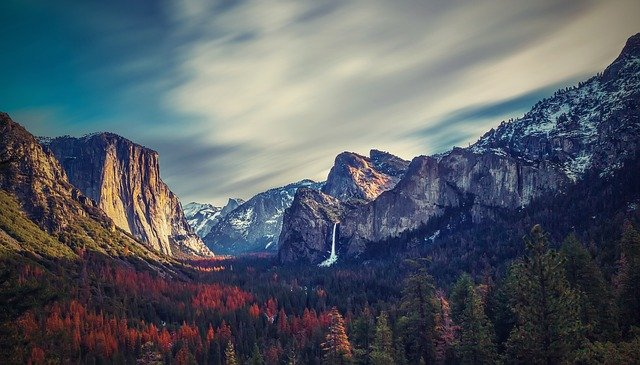
Lake Tahoe
The United States’ largest alpine lake and largest lake in general outside The Great Lakes, Lake Tahoe straddles the border between California and Nevada. A stunning natural beauty spot, it is known all over the world for its crystal clear water and the panoramic views visible from its shores.
During the warmer months, it is one of the nation’s most popular destinations for activities like sun-bathing, swimming, and water sports. It even ranks among the 3rd most popular destinations in the U.S. for students on Spring Break.
Its location in the foothills of the Sierra Nevada mountains also makes it a great location for hiking and climbing in the summer. Then the huge number of ski resorts provides options for winter recreation, such as skiing and snowboarding.
With a number of casinos on the Nevada side of the border, Lake Tahoe can offer entertainment for all different types of people the whole year round.
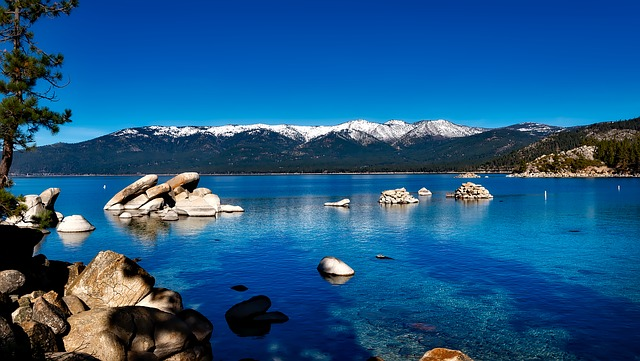
Carson City
Founded in 1875, Carson City is the oldest city in Nevada, as well as the state capital. It is also the most populous city in the state outside of the Las Vegas and Reno metropolitan areas. Boasting an abundance of museums, it is one of the best places to learn about the history of Nevada.
A beautiful, natural city, there are plenty of options here for outdoor recreation, without having to leave the confines of the town. You also have the Virginia & Truckee Railroad, which runs to Virginia City via Gold Hill, giving you the chance to travel between ghost towns and experience the old west.
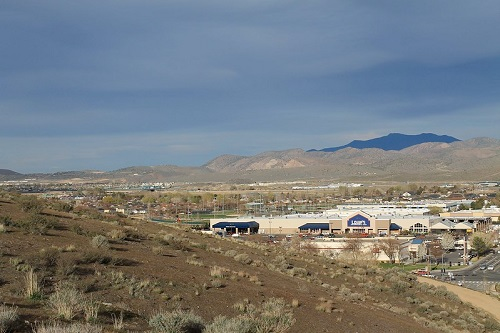
Conclusion
A road trip from Las Vegas to Reno is an amazing adventure that takes you between the two biggest cities in Nevada and two of America’s entertainment capitals. This guide will hopefully have given you all you need to plan a perfect travel itinerary for your own dream vacation.
That means all you have left to do now is start to get everything booked, so you can look forward to experiencing all the wonders the route has to offer for yourself.
